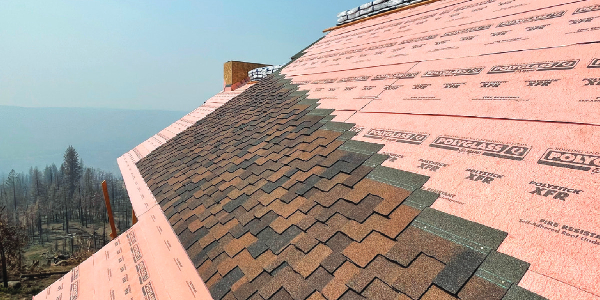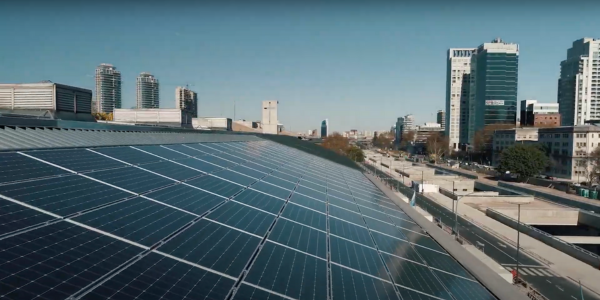Underlayment, I choose you!

By Emma Peterson.
Underlayments are key to designing a strong and effective roof system. Learn about what to consider when picking one out.
In this episode of Roofing Road Trips®, Karen Edwards hosts Alex Manos from Polyglass to talk everything underlayments. There are a variety of underlayments available on the market and technology has taken them far beyond their origin of simply being a waterproofing layer. From products designed for increased fire resistance to ones created for areas that get intense storms, choosing the right underlayment is key to the entire roofing system's success. However, the number of options might be intimidating, so Alex took this opportunity to shed light on the factors to consider when picking out underlayments.
Alex explained that the key is considering the entirety of the environment around the underlayment. This includes both the rest of the roof and the larger region the roof is located in. He gave an example, “If you're using a metal roof, it's important that you have an underlayment that's designed for those high temperatures because that metal roof will transfer heat through to that roof deck. So, you don't want that underlayment getting too hot and deteriorating.” Knowing how the underlayment needs to pair with the rest of the roof system is the first step to narrowing down your choices.
Then, it’s time to consider the region. This matters because of codes and regulations. Alex elaborated, “Depending on where you are regionally, codes might dictate you need a certain ASTM (American Society of Testing and Materials) standard, or you might need to have a Florida product approval or Texas Department of Insurance approval.” In general, manufacturers like Polyglass, which test all of their products to meet ASTM standards are a good place to conduct your underlayment search!
At this point, your options will have been more narrowed down and it’s time to consider the region for a different reason — weather and climate. While the core role of underlayments is waterproofing the roof deck, Polyglass’ underlayments are designed to do even more. Alex explained, “Over the past couple of years we've seen storms intensify with higher winds, higher gusts and longer sustained winds. Because of that, we've designed different underlayments to address unique environmental factors.” So, when you are choosing an underlayment, it’s important to consider environmental factors and choose products that are designed particularly for the conditions of the area your customers are in, whether that be wildfires or winds. If you take all three of these considerations into account, your underlayment choice should become clear.
Read the transcript or Listen to the whole episode to learn about the power of underlayments and the variety of options Polyglass has available.
Learn more about Polyglass in their Coffee Shop Directory or visit www.polyglass.us.
About Emma
Emma Peterson is a writer at The Coffee Shops and AskARoofer™. Raised in the dreary and fantastical Pacific Northwest, she graduated in 2024 from Pacific University in Oregon with a degree in creative writing and minors in graphic design and Chinese language. Between overthinking everything a little bit, including this bio, she enjoys watching movies with friends, attending concerts and trying to cook new recipes.






















Comments
Leave a Reply
Have an account? Login to leave a comment!
Sign In